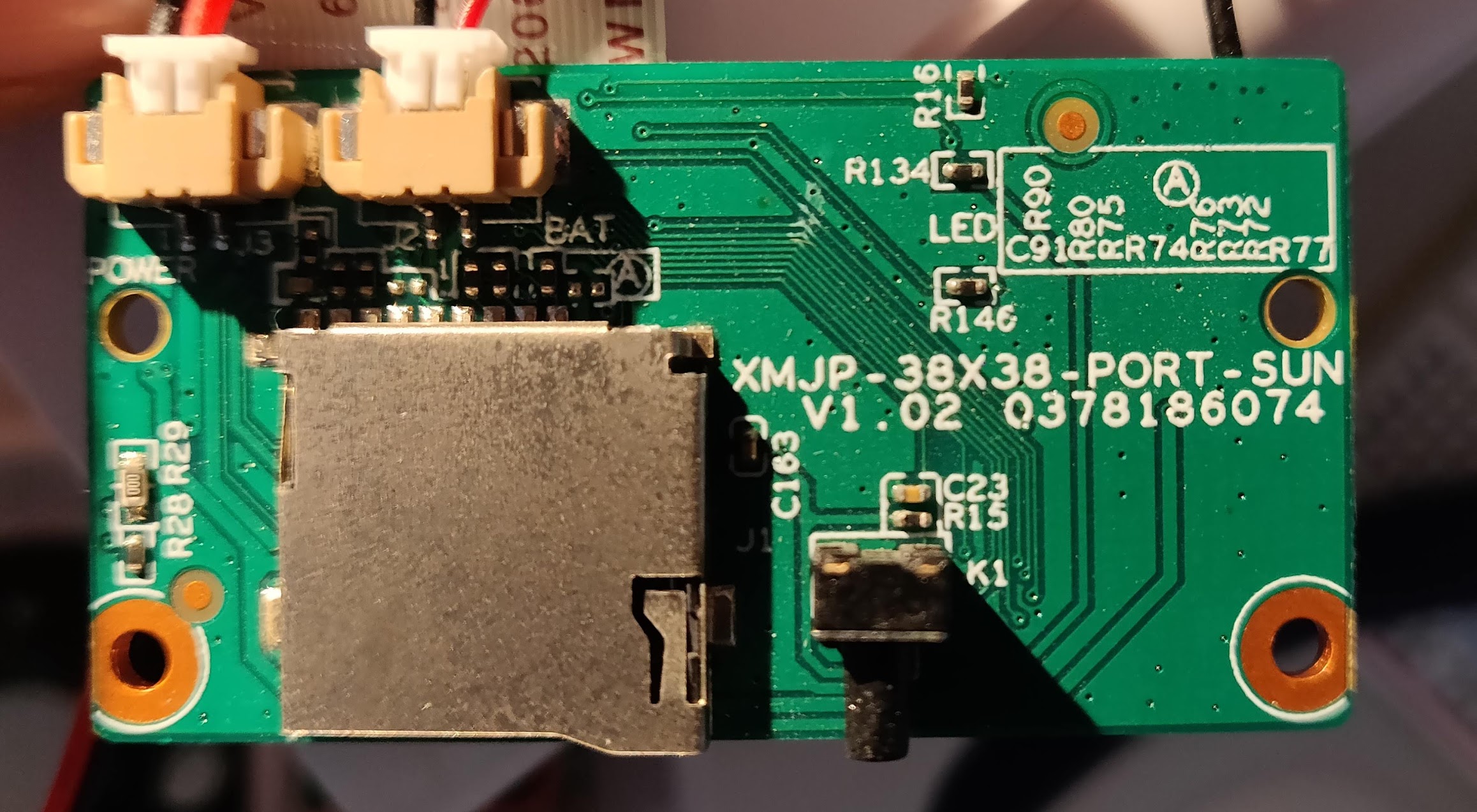Not a full answer, but too long for a comment.
First of all, have you identified the voltage with respect to ground?
When you say "both pairs output 1.8V", do you mean that voltages (refered to ground) are 0V (rectangular pad), 1.8V, 0V, 1.8V ? Or something else.
Anyway, the voltage 1.8V in itself alredy interesting : it's a common logic voltage level in new logic circuits (many modern micro-processors and micro-controlers for low power applications). However, due to low voltage, it is also more sensitive to noise, so not well suited for long wires. So this is a (weak) hint toward debug/configure/program/... port rather than a user interface.
You also say that you measured 1.8V with the scope, so I suppose you mean 1.8V DC. If so, I see 4 main options :
- it is an output signal, which never changed durring your tests (maybe because you have to somehow configure it first)
- it is an input signal, with a pull-up to 1.8V
- it is some bidirectionnal signal (like I2C) with pull-up
- it is just a power supply
I would suggest to try to find out if there is a pull-up involved : measure precisely the voltage of the pin. Then add a 100k resistor between the pin and ground, and see if the voltage goes down. With 100k, the likelihood of damaging something is rather low (on the other hand, the pull-up might be a few kohms only, so the voltage different might be as low as 1





